Wellness facilities know their holistic-minded members want them, but they still don’t have them.
Cold therapy and breathwork.
As Director of Nordic Flow Academy, Dr. Rob Williams has worked with organizations from resorts to universities, watching facilities struggle with the same challenge. They are unfamiliar with these specialized modalities and fear implementation will be complex, leading to hesitation that prevents them from giving members the holistic experience they demand.
While Dr. Williams is familiar with the fear and uncertainty, he also knows how facilities can break through it: find an ecosystem partner equipped to handle the heavy lifting.
The Essentials:
▶ Wellness facilities know their members want breathwork and cold therapy, but unfamiliarity and perceived complexity prevent them from getting started.
▶ More than an equipment vendor, wellness facilities must find a strategic partner that can help guide them from pilot to full-scale deployment.
▶ With the right partner, facilities will successfully launch programs that have an immediate impact and continue to pay dividends for years to come.
Where do we go from here?
Wellness facilities face a common scenario: customers increasingly request breathwork and cold therapy services, yet facilities continue to hesitate.
The reason often isn’t a lack of interest but rather a lack of familiarity with something so new and seemingly complex.
“Both breath training and cold plunging are so new that the trendiness of these options is just now catching up with wellness facilities,” Dr. Williams comments. “This is happening in the form of their customers and guests beginning to ask more and more for breath training for cold plunging.”

In the face of unfamiliarity, the thought of implementation can feel overwhelming, raising questions like:
▶ How do cold therapy and breathwork fit within our existing offering?
▶ How can we tell if it’s actually working?
▶ Is this worth the effort — what’s the ROI?
▶ Do we need specialized wellness professionals, or can existing staff manage these practices?
The vendor landscape further complicates decision-making. Equipment manufacturers have flooded the market with competing solutions, making it nearly impossible to distinguish between essential services and optional add-ons.
Rather than moving forward, facilities get stuck in long, often fruitless, sales cycles trying to figure out what will actually work for them.
With hesitation comes increasing competitive risk. While facilities deliberate about how to move forward, early adopters are successfully integrating these services and locking down customers with holistic experiences.
The ecosystem approach to B2B wellness partnerships
Dr. Williams emphasizes that moving forward requires far more than a vendor that just drops off equipment and disappears. Hardware is just one thread in the fabric of an exceptional holistic wellness program.
Successful implementation calls for a strategic partner that weaves together equipment, training, education, and ongoing support — all tailored to each facility’s specific operational needs and culture.
This ecosystem approach ensures facilities get the guidance required to bring holistic experiences to life in ways that benefit their members and business long term.
Drawing from his years getting wellness programs off the ground, Dr. Williams has developed a four-step process facilities can follow to find the right partner and build sustainable wellness programs.
Building transformative B2B wellness partnerships
≫ Step 1
Initiate through strategic networking and demonstrations
Finding the right partner starts with being in the right place.
Facilities should proactively identify potential partners through industry conferences and wellness events, such as International SPA Association. This allows them to evaluate multiple options without immediate sales pressure.
It’s critical to prioritize vendors that invest in hands-on demonstrations, as this reflects self-confidence in their approach and commitment to establishing a shared understanding. During these demonstrations, facilities should ensure vendors can speak confidently about the research backing their approach.
Dr. Williams’ Club Med partnership exemplifies the long-term ripple effects of meaningful conference interactions: a meet-up at a conference in Bali turned into regular conversation that culminated in a successful Nordic Wellness pilot activation at Club Med in Quebec City a year later.
≫ Step 2
Demand facility-specific pilot programs
Once facilities have identified potential partners, it’s time to test their understanding of unique organizational needs.
Strategic partners will propose customized pilot programs that demonstrate an understanding of a facility’s unique culture and operations, particularly when it comes to change management. These pilots should feature graduated implementation approaches that leave room for feedback and adaptation regarding equipment and related techniques.
For example, Dr. Williams and the Nordic Wellness team determined that one facility would benefit from a month-long pilot period, during which a different coach would bring a fresh perspective each week. By embedding themselves within the facility, the Nordic Wellness team grew more familiar with its ins and outs, allowing them to tailor programming accordingly and fine-tune equipment on the spot.
≫ Step 3
Monitor organic adoption patterns
During the pilot phase, the data that matters most isn’t always quantitative.
While facilities should ask staff and members to provide survey feedback, natural growth indicators are also important to observe. Successful programs generate organic enthusiasm as word spreads, compelling more and more employees and members to participate.
Dr. Williams witnessed this phenomenon during Nordic Wellness’ pilot program with Club Med. “The first morning we had six people, including guests,” he observes. “We had a full 12 the next two days because the word was getting out about how powerful the experience is.”
≫ Step 4
Scale through systematic education and ongoing support
Following a successful pilot, facilities can scale up to sustainable, organization-wide programs.
Strategic partners help facilities make the leap by conducting comprehensive staff training. To foster eventual autonomy, partners should also provide white-labeled educational materials tailored to the facility’s unique culture and programming.
A quality partner is invested in the long-term success of the facilities they work with and will establish systems to provide ongoing support. This support comes in the form of troubleshooting challenges and identifying new growth opportunities — however, facilities should also turn to their partner to access metrics and benchmarks for measuring ROI.
Start small to go big
With this four-step process, wellness facilities can overcome their hesitation and respond effectively to member demand by establishing small wins and discovering how to replicate them at scale.
Finding the right strategic partner helps facilities launch small-scale activations that demystify cold therapy and breathwork, allowing them to experience the transformative effects for themselves. Reflecting on the pilots he’s led, Williams says, “Nine times out of 10 they will have seen an improvement just in the three or four hours we've had together, because we're breathing consciously and strategically together that whole time.”
These early wins provide the foundation for full-scale program deployment, with ongoing partner support facilitating a smooth shift. Maintaining a relentless focus on customization and cultural integration throughout helps ensure that established programs have an immediate, measurable impact and create lasting transformation beyond the initial partnership.

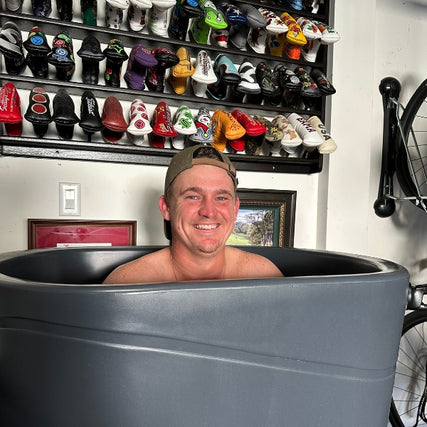

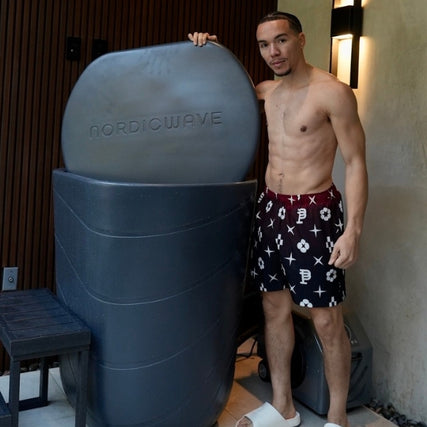
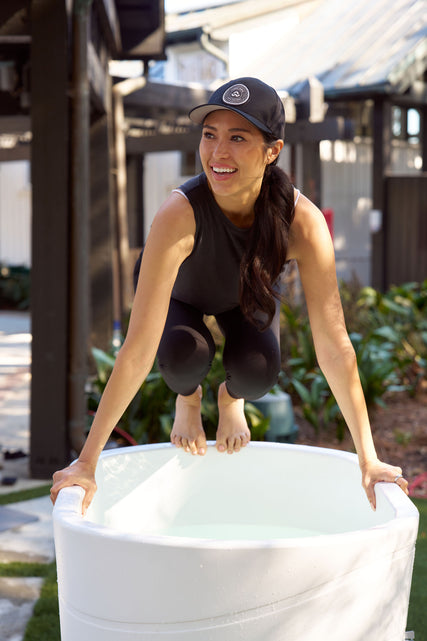
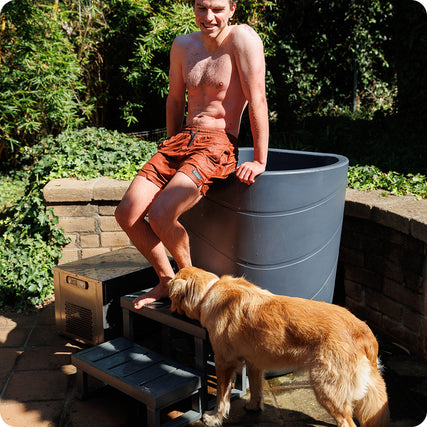
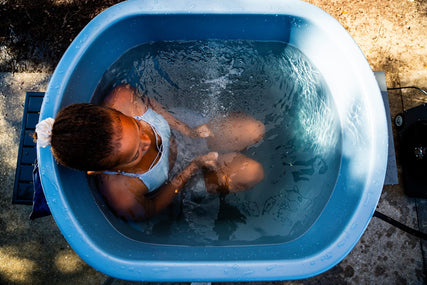

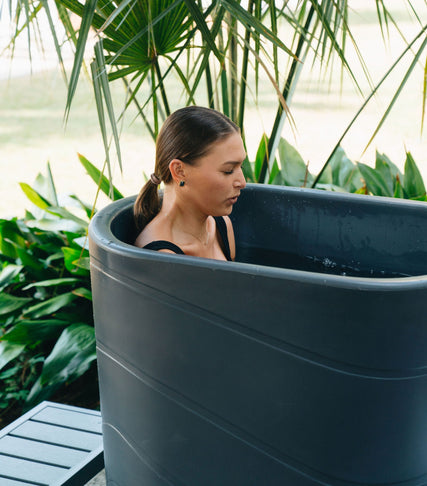
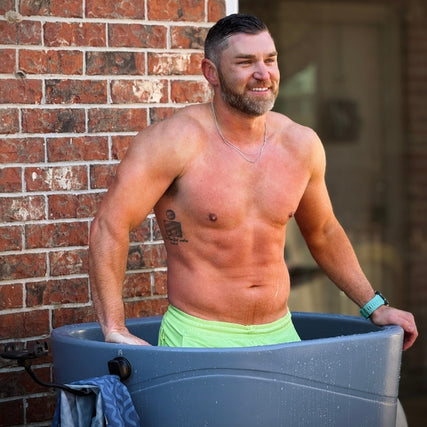
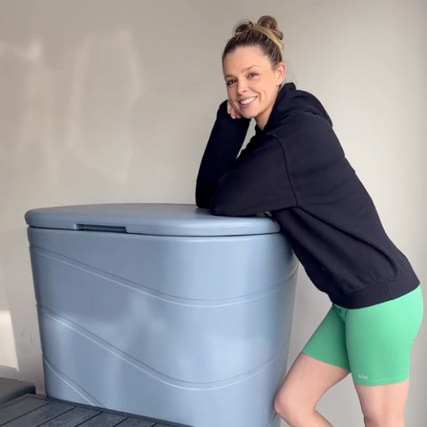
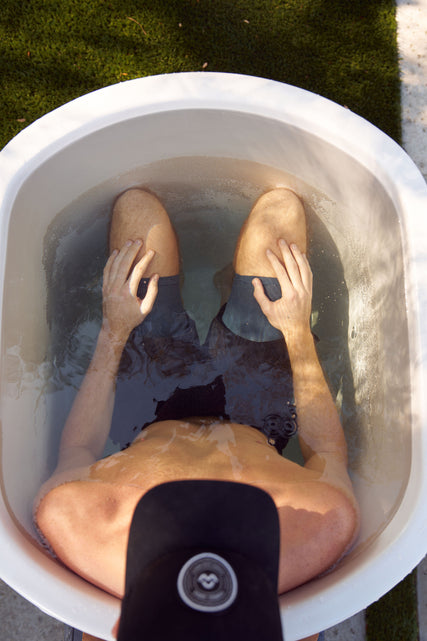

Share:
These Core Elements Transform Wellness Facilities into Integrated Ecosystems
Lifestyle Integration is the Missing Piece in Modern Wellness